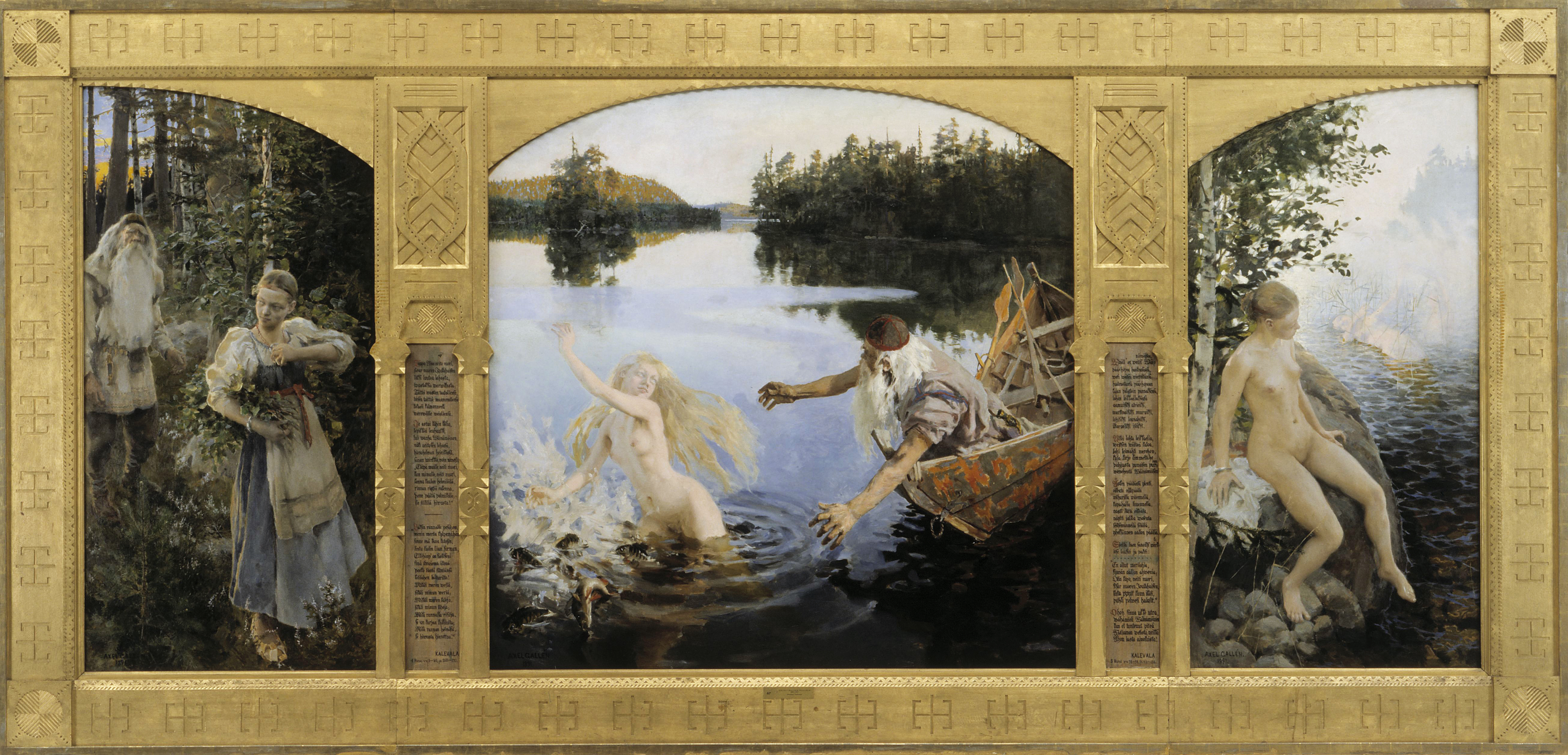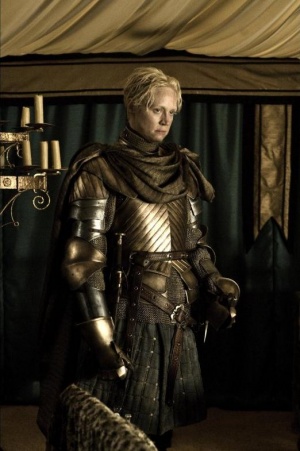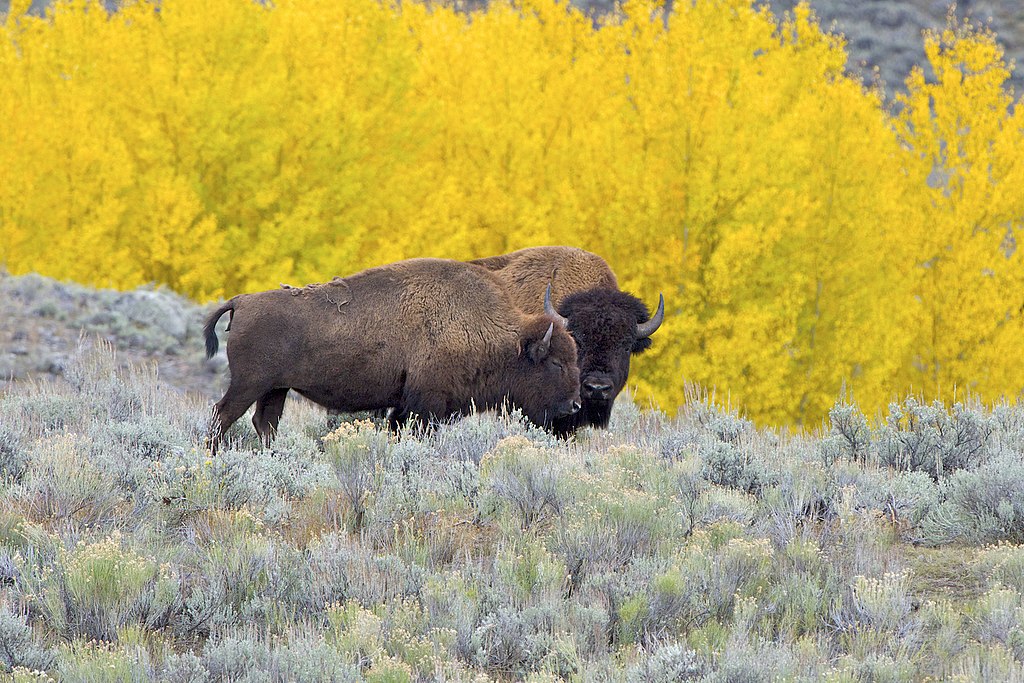The Three Copecks
Already I can tell these folk tales are going to be a strange affair. This story was like watching the domino effect. To be clear, a copeck is a small unit of money (probably equivalent to one of our pennies or nickels).
The story focuses on this one orphan who goes from job to job. At his first job, he collects three copecks after three years of work (a real rip-off if you ask me) and decides to buy a cat with them. This I can be on board with. I’m all about collecting cats. Or rather, I would be if my apartment complex didn’t have a ridiculous non-refundable deposit for them.
After he buys this cat he goes to work for a merchant who eventually becomes rich. The merchant sails overseas, taking the poor boys’ cat with him. He promises that if anything should happen to the cat he will pay the boy back in full.
So he goes overseas to a land that has no cats and is infested with mice and rats and stays the night in a hotel room. In the morning, the hotel manager finds a pile of dead mice and begs the man to sell him the cat. The merchant agrees, gets a sack full of gold coins for the kitty and sails back for home.
Initially he’s like, “Sweet, I just won’t give any of this gold to that orphan,” but then a storm comes and almost drowns the boat because God is like, “The hell you won’t, give that poor kid his money.”
So he comes back, gives the orphan the sack of gold, and the orphan buys a bunch of incense with it and burns it all to praise God. Personally, I think he should just buy a house and call it good for a while, but he wants to make the land smell like Franckincense and Myrrh.
Then as luck would have it, an old man comes down the road and asks him if he would prefer gold or a good wife. After seeking counsel from some other men, the boy decides a good wife. Lo and behold, he receives a wife and lives happily ever after. But only after a series of strange coincidences.
Dnieper, Volga, and Dvina
This is an origin story of three great rivers in Russia. It starts off describing the rivers starting off as three orphaned children (a boy and two girls) who had to toil and struggle just to survive each day. After a counsel between themselves, the siblings agree they shall all travel together to find a place free of pain and struggle.
So they set out to find this mythical place for three years. Then one night the two sisters decide to leave their brother and seek their own fortune. So they leave and flow their separate ways down to the sea.
Their brother upon waking discovers that his sisters have abandoned him and goes seeking after them in a torrent and rage. But his anger eventually subsides and he calms as he enters the sea.
I’m not sure how these children magically changed into swift, coursing rivers, but I suppose folk tales don’t need much explanation on the ‘how’ and ‘why’ certain things happen.

Volga River
Image: Traveler's Digest
The Soldier and the Vampire
This is from the second half of the reading unit and I found this story to be the most riveting out of all the ones I read! Of course, it helps that I’ve held a fascination of vampires since I was very young, but that’s besides the point.
A soldier is coming back from war on furlough and as he’s nearing his village he stops by the house of a miller he had been friends with for a long time. They talk and talk and soon the night comes.
The miller warns the soldier against leaving, claiming there is an evil upon the village in the form of a warlock. The soldier, having little fear and owing his life’s duty to protecting those ‘under the crown’ sets off to find the cause of this mischief.
Lo and behold - he meets the Warlock (in a graveyard, of course)! Playing the part of a harmless passerby, he acquaints himself with the warlock and the two go into town for a wedding.
Everything is going well until the warlock drinks too much and decides to stab the bride and groom and collect their blood. The soldier follows him back to graveyard, asking him little things like, ‘Why did you collect that blood? Is there anyway to bring those two back? Is there any way to kill you?’ Except he asks much more tactfully than that.
The warlock, thinking himself invincible, tells the soldier everything. When they reach the graveyard, the warlock sets himself on the soldier, meaning to kill him (and no doubt drink his blood). After a long battle the sun rises and the warlock collapses.
That’s when the soldier steals the blood from him, returns to town, restores the bride and groom back to life, and burns the warlock. Then the town lives happily ever after!
But really though - if I were the warlock I wouldn’t be telling people my secrets willy-nilly. Nobody is invincible.



















.jpg/513216728/anansi%20(1).jpg)
